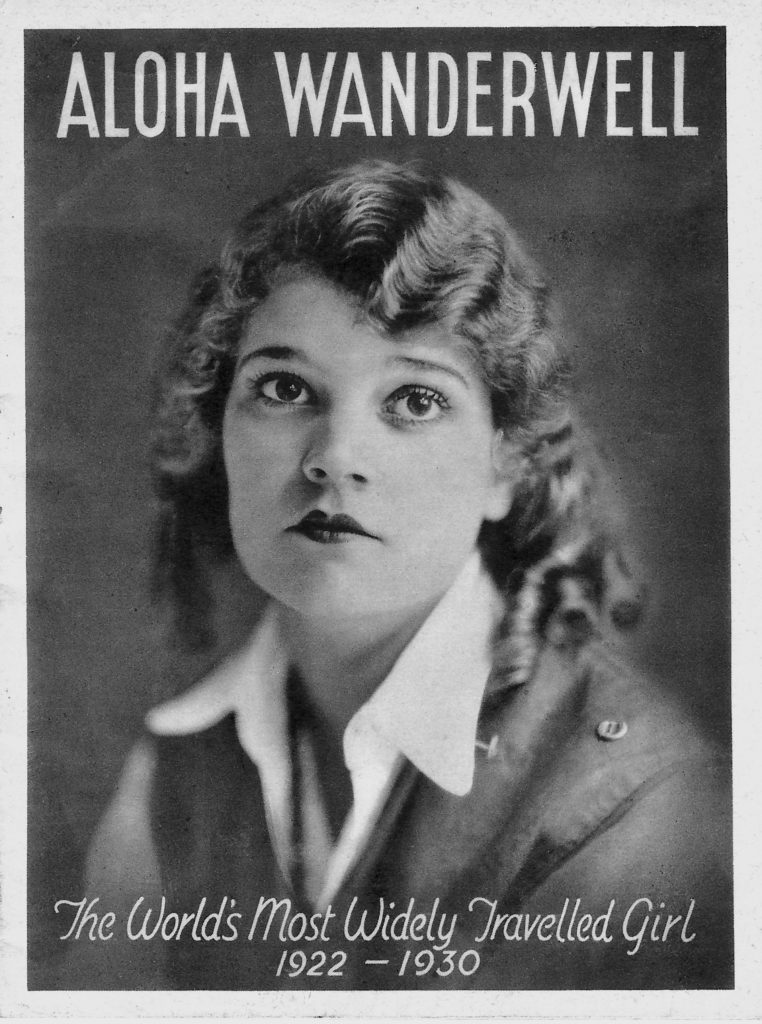
Walter Wanderwell’s trip was part of a ‘Million Dollar Wager’, effectively a race between Ford-sponsored teams driving Model Ts around the world, the winner being the team visiting the most countries. Wanderwell’s expedition was partly subsidized by lectures and film presentations along their route, as it left Nice, France, and traveled through Africa, the Middle East, Asia, and North America. Not long into Idris’ journey, she took the stage name Aloha Wanderwell, even though Walter was married at the time; he soon divorced his wife, although he didn’t marry Aloha until 1925, in Riverside, California, partly because the FBI was planning to arrest him for violating the Mann Act, which prohibited crossing state lines with a woman for ‘immoral purposes’. Walter’s real name was Valerian Johannes Pieczynski, who had spent the bulk of WW1 in an American jail as a suspected German spy!
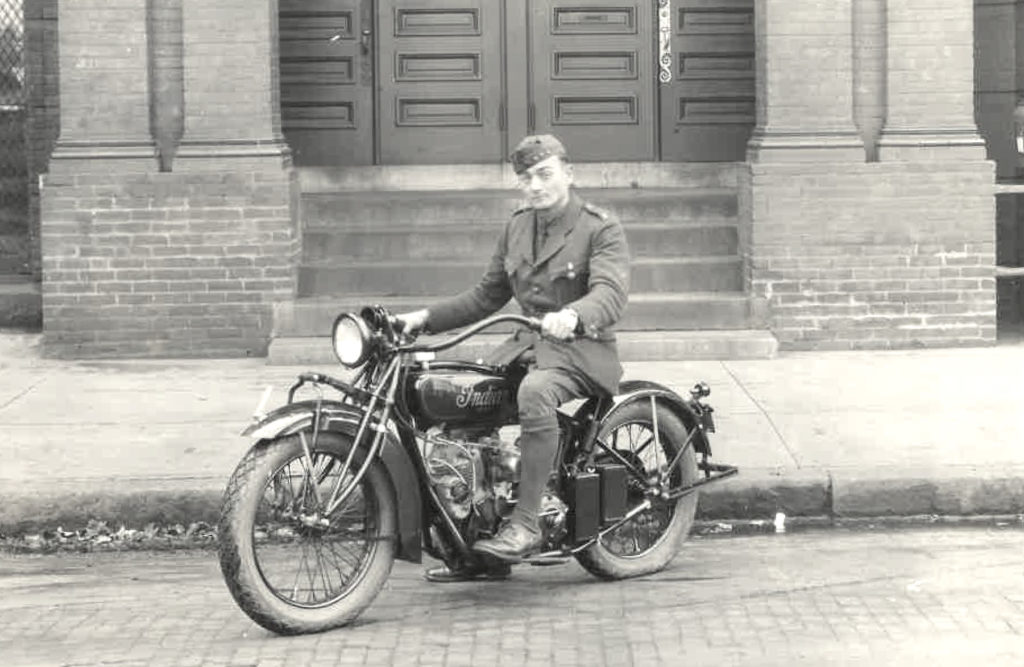
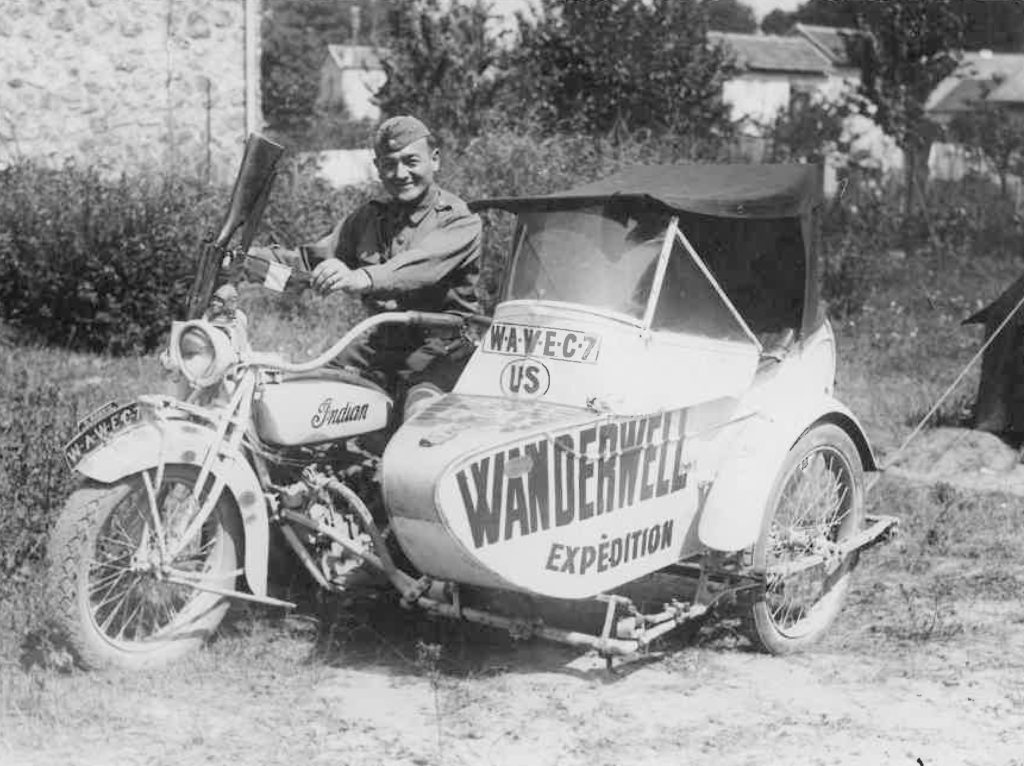
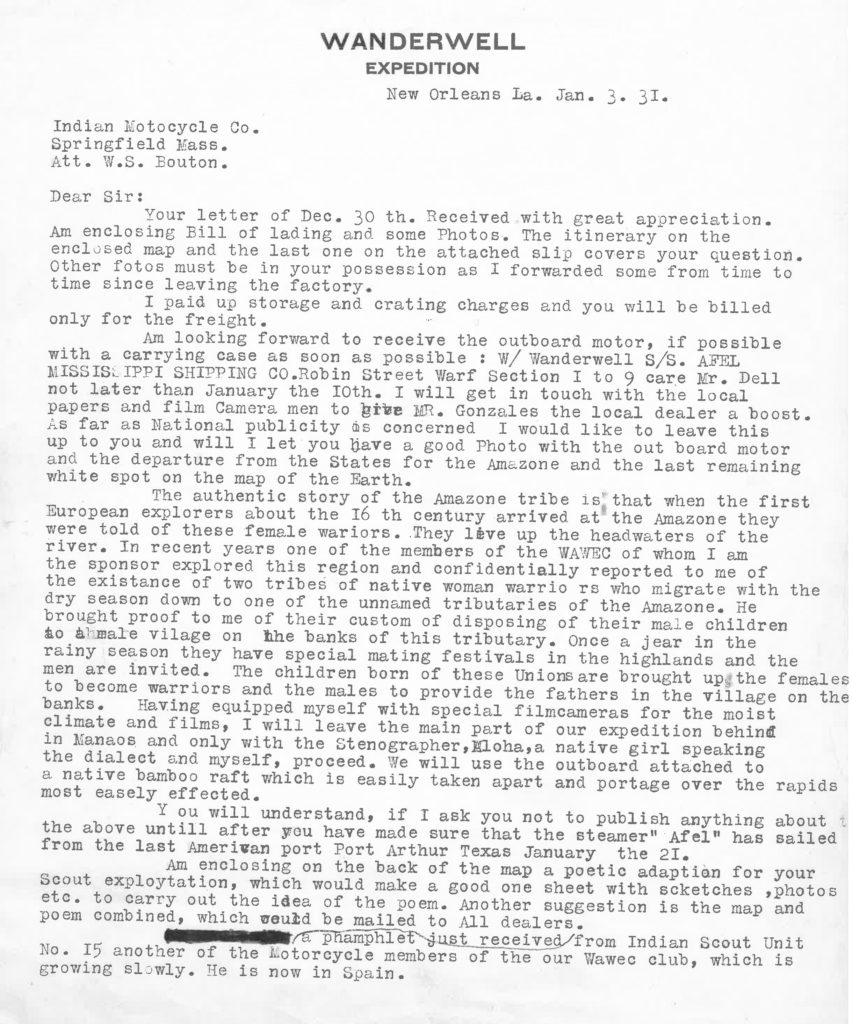
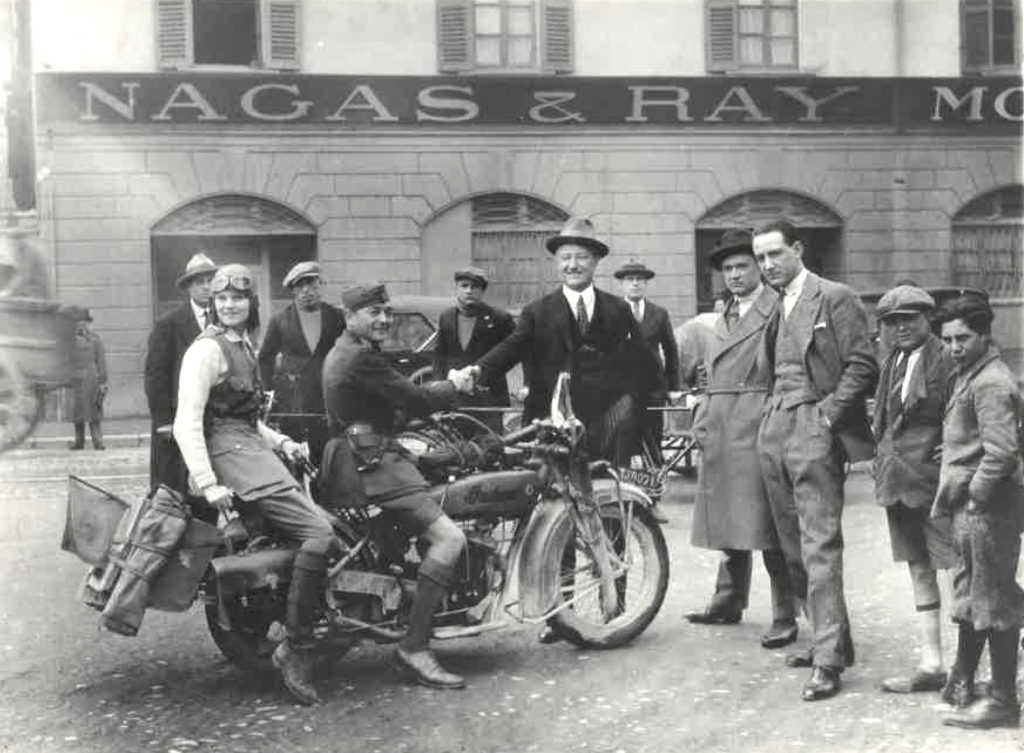
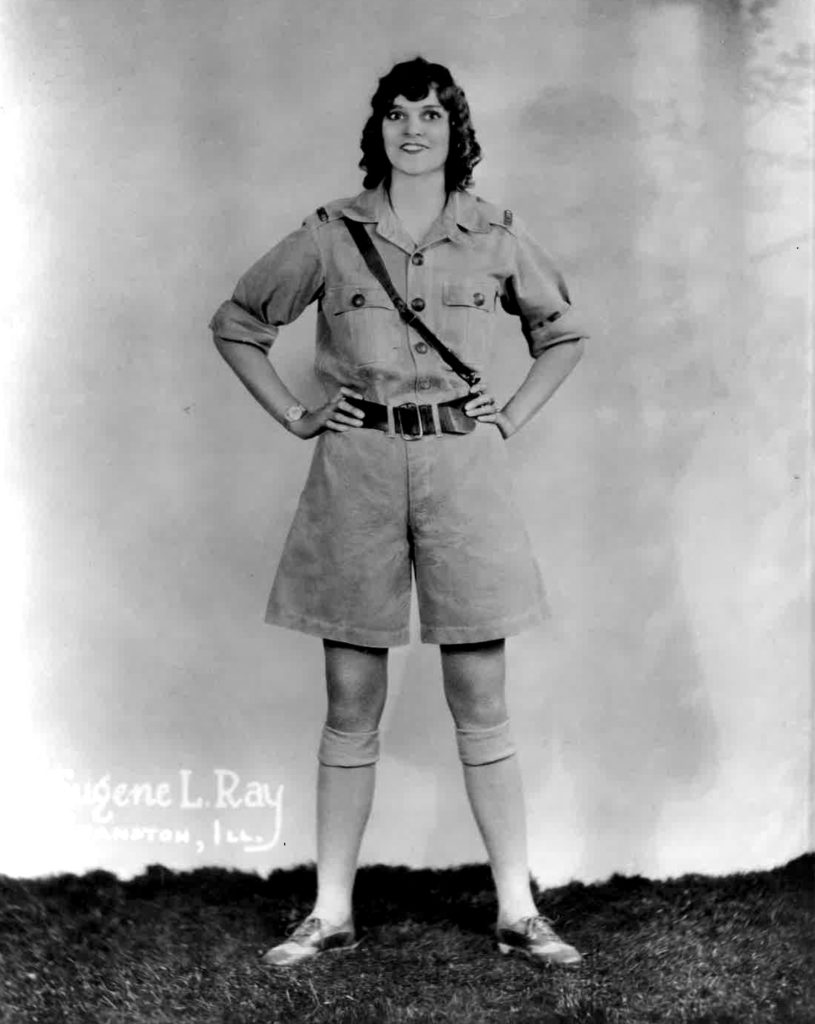
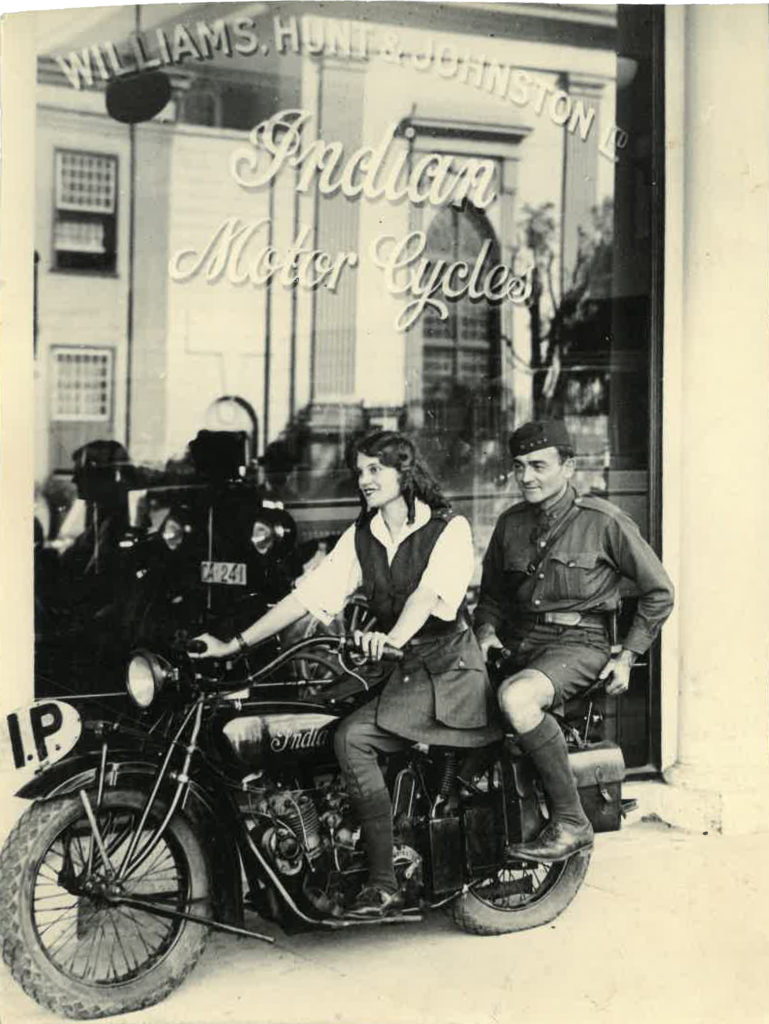
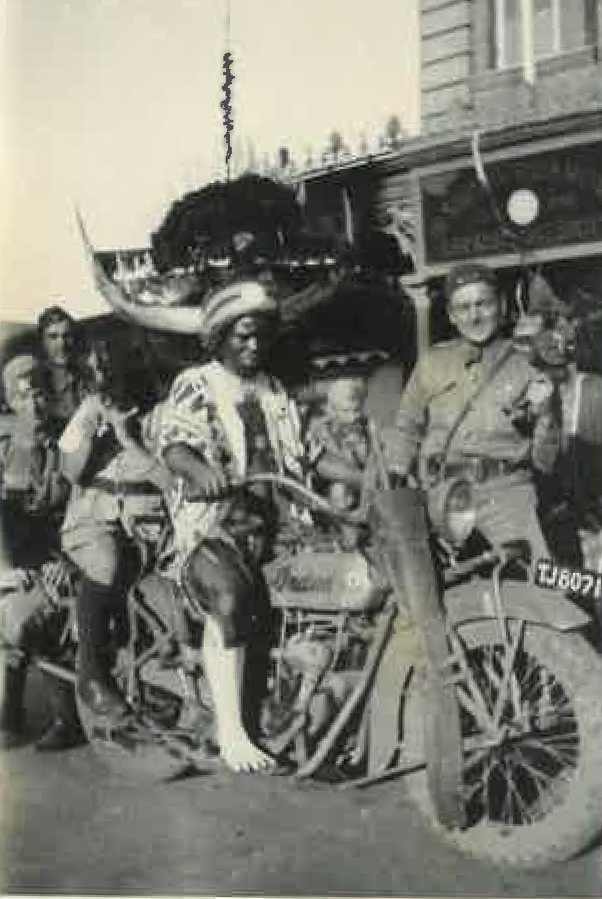
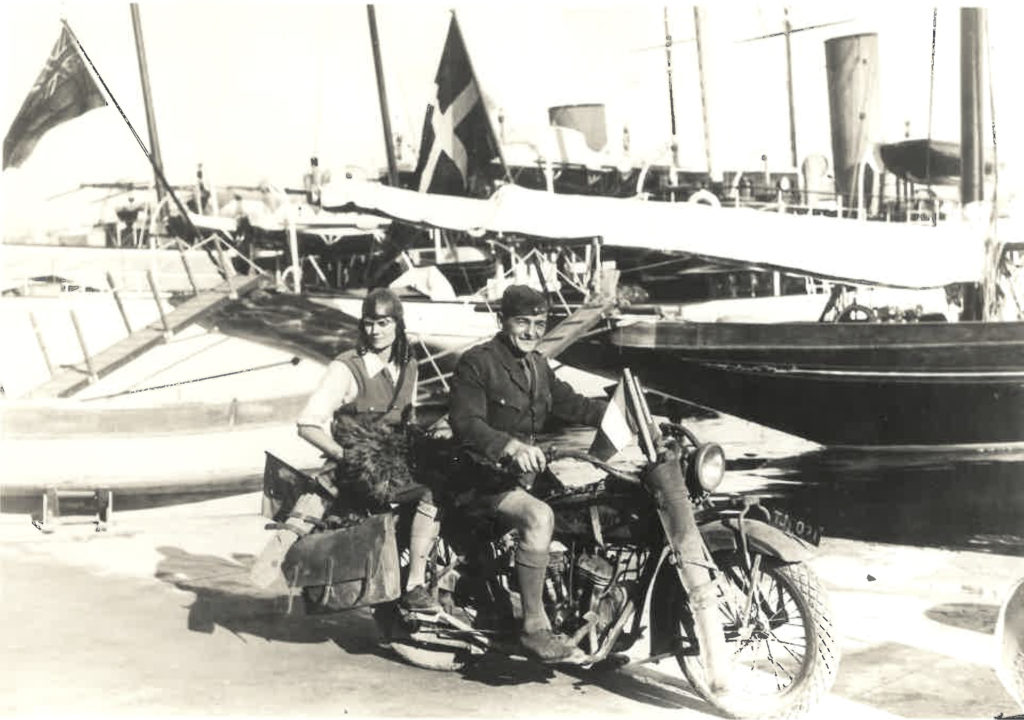
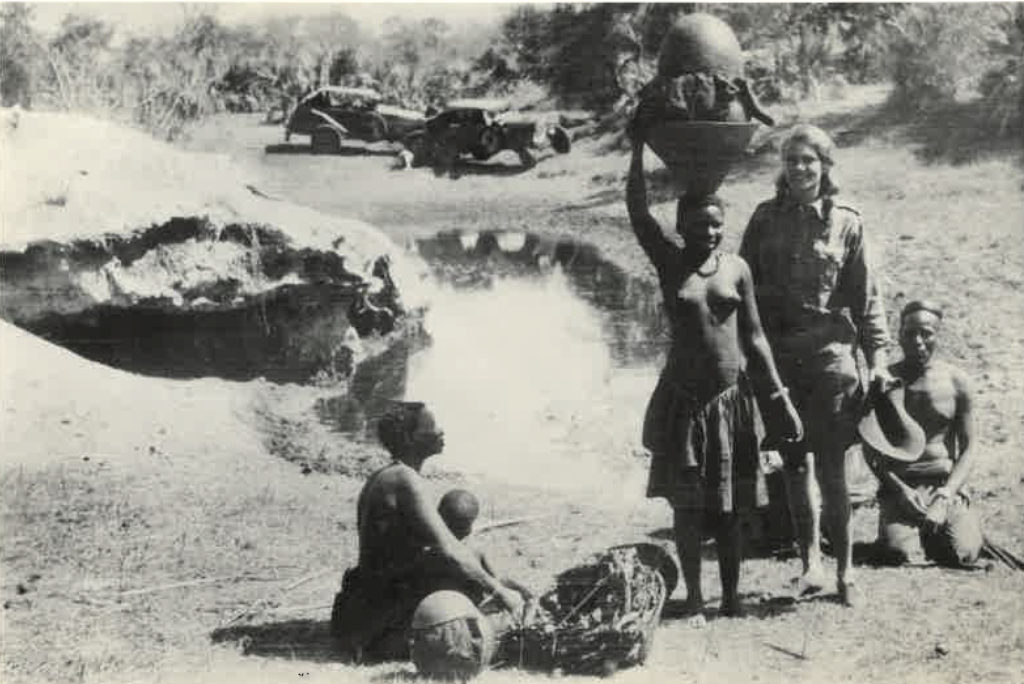
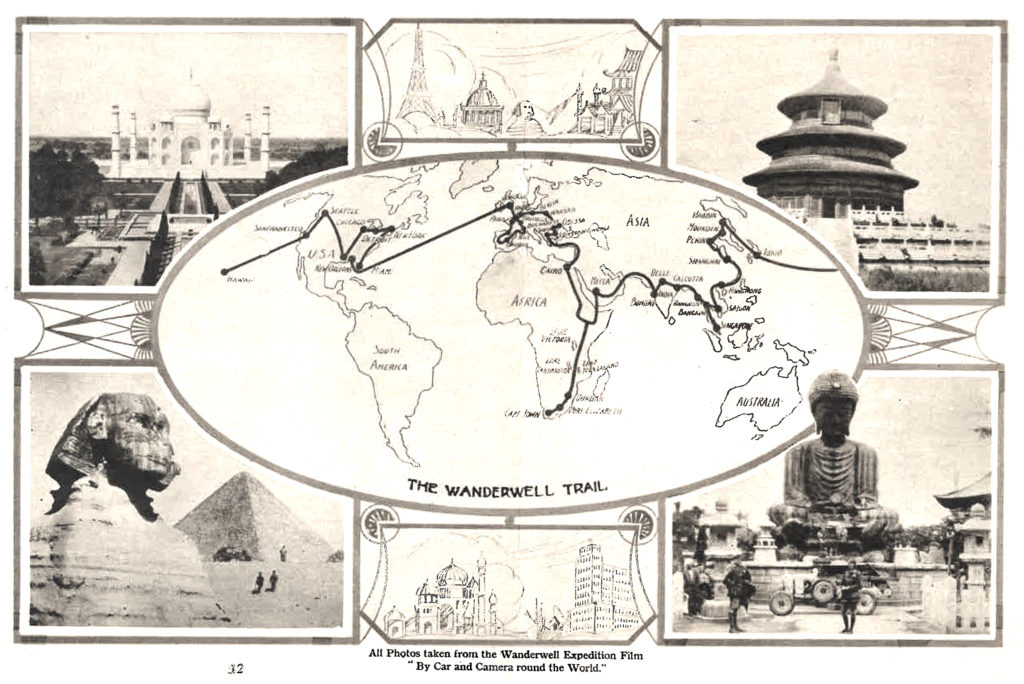
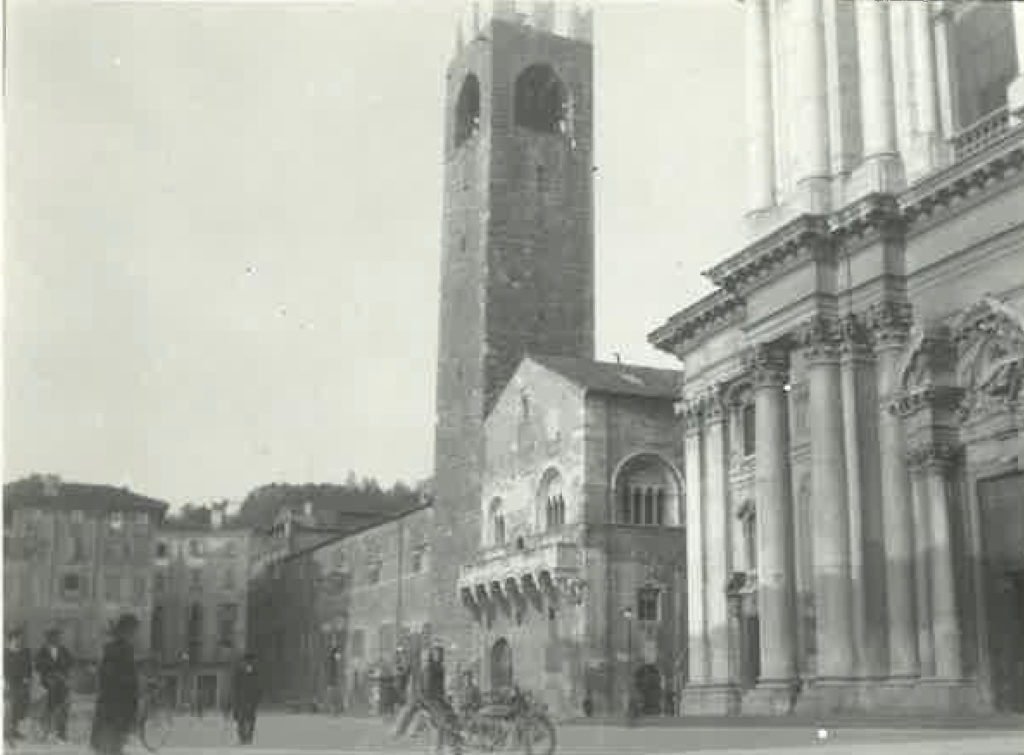
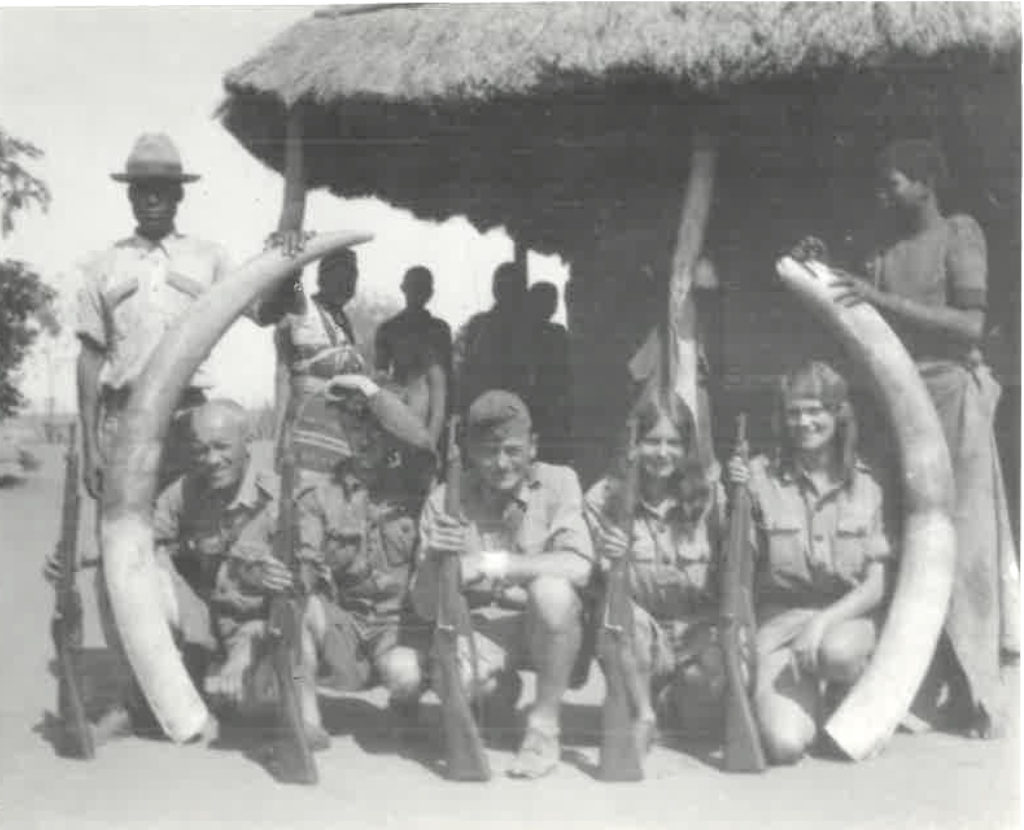
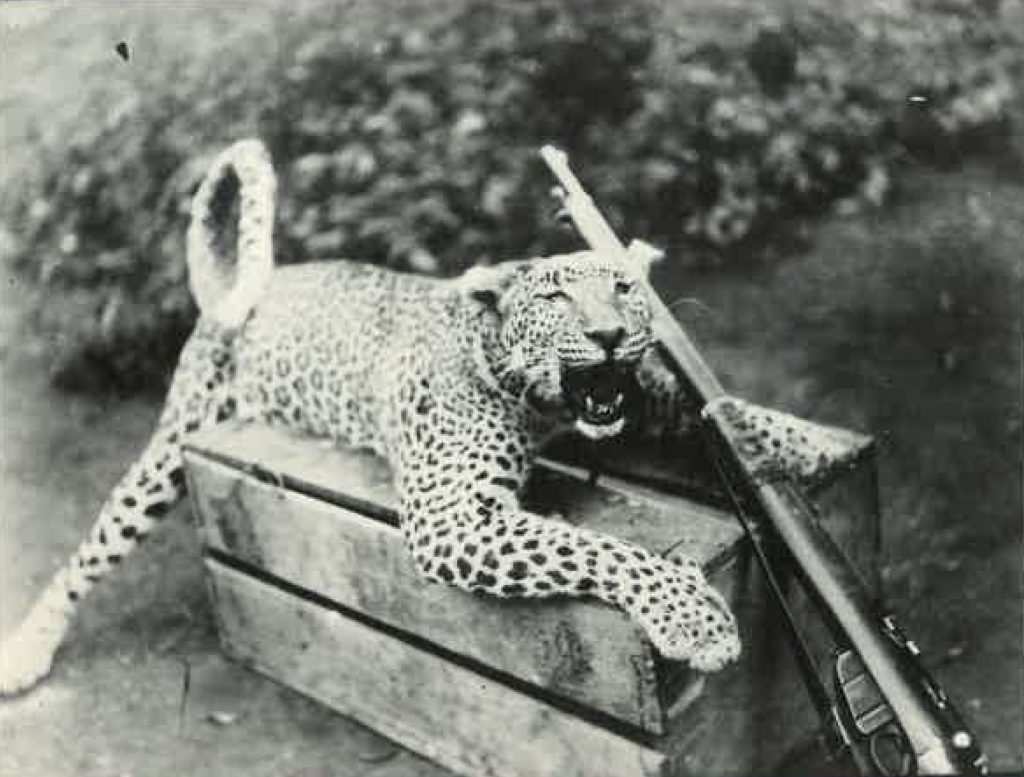
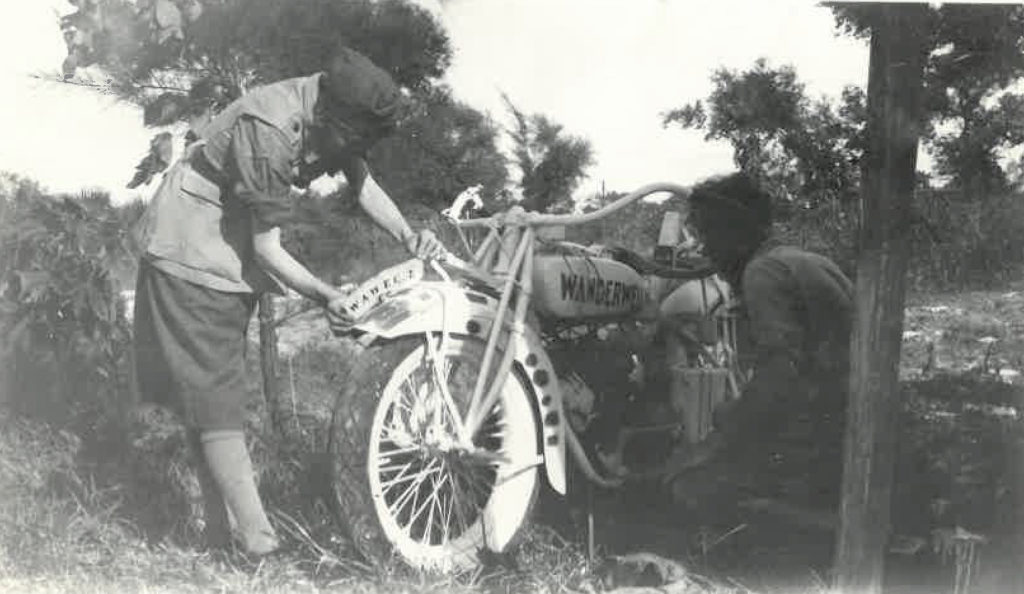
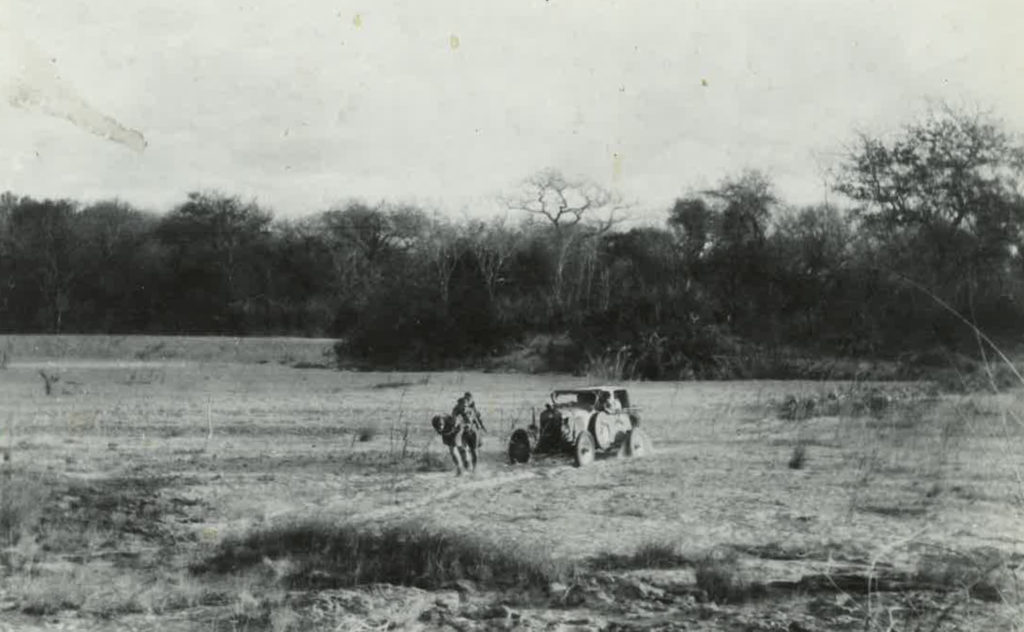
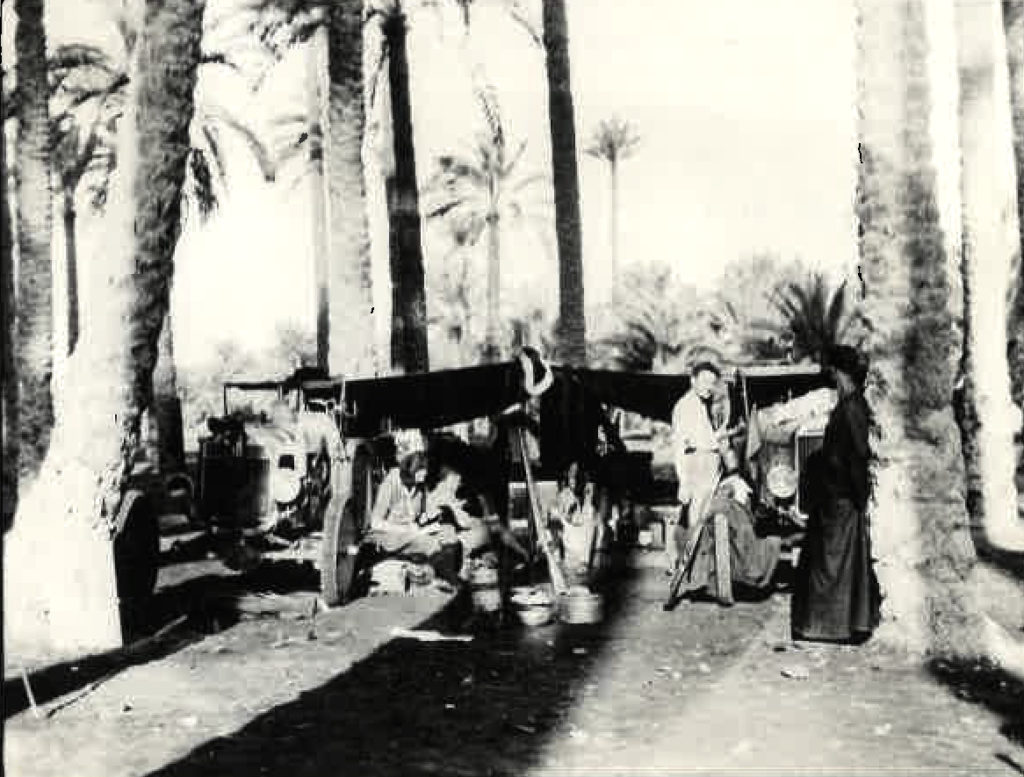
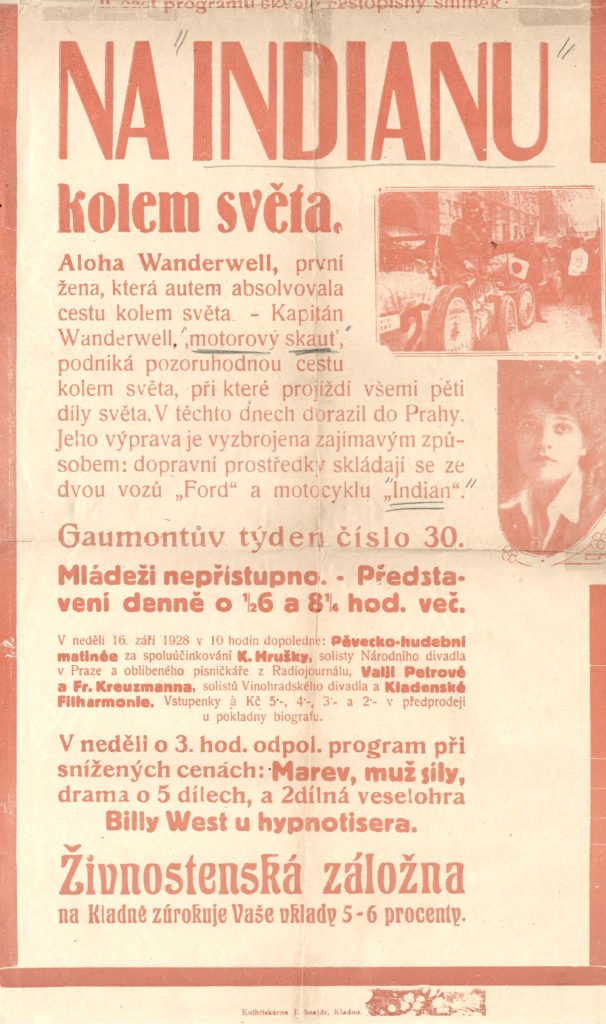
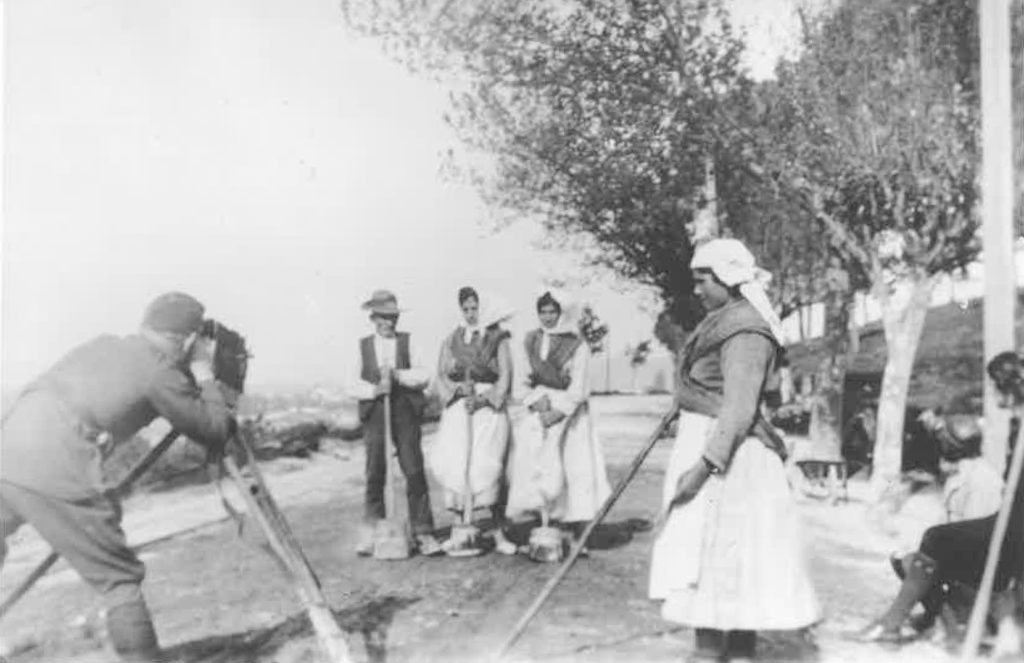
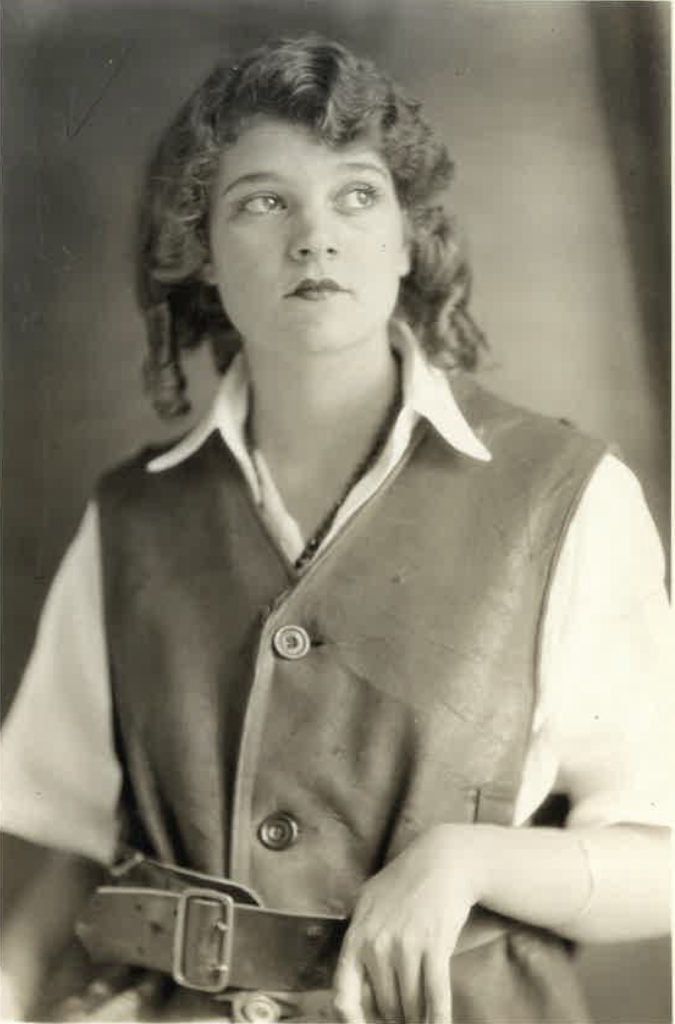
Related Posts
July 8, 2017
The Vintagent Trailers: Mancini, The Motorcycle Wizard
The mechanic that helped debut five of…

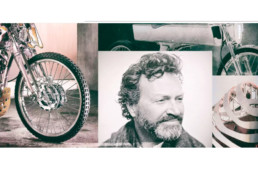
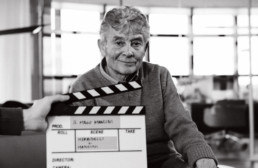
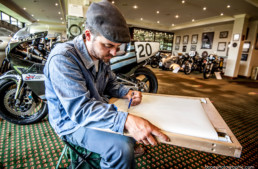
Absolutely loved this. Thank you.